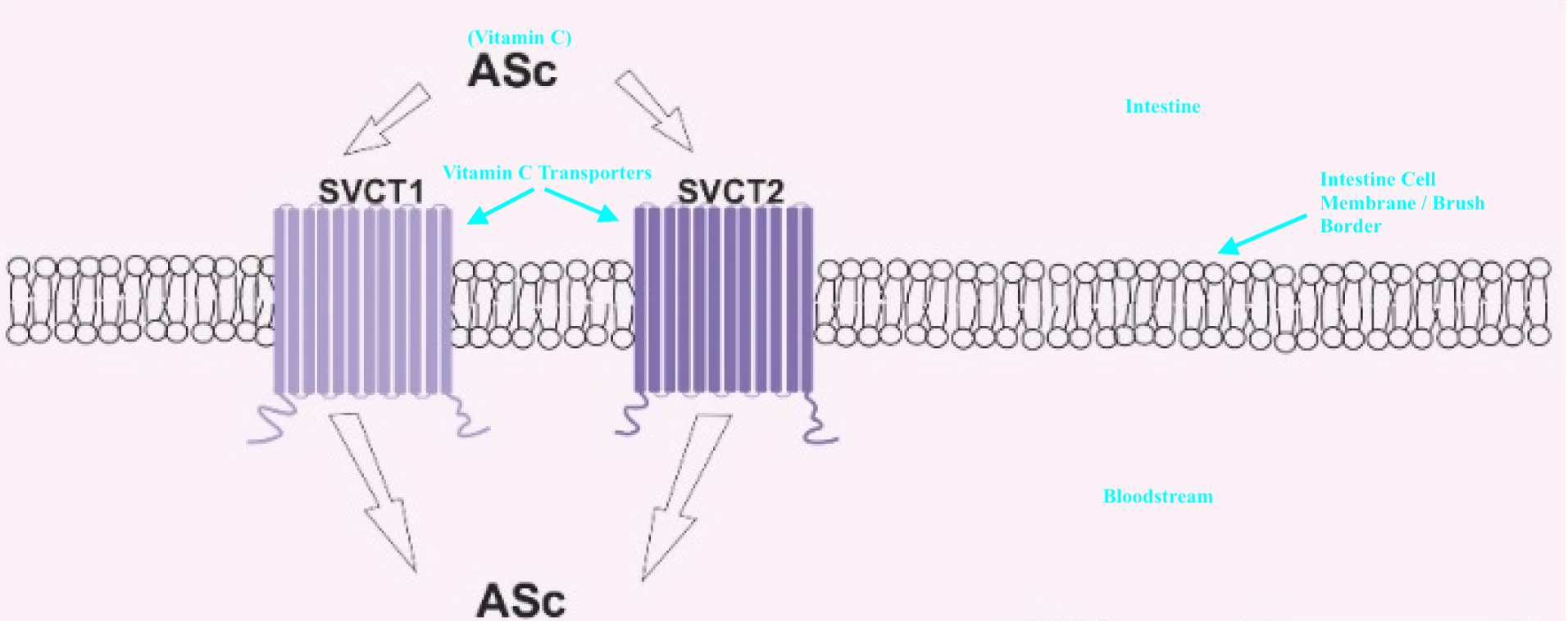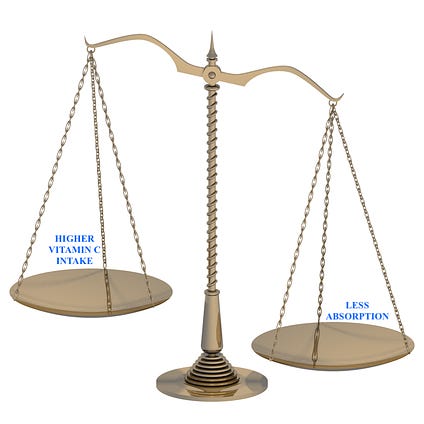
The common cold constitutes the majority of visits to family physicians, and is the main cause of absenteeism from school and work (Hemila & Chalker, 2013). Vitamin C (VC), also known as ascorbic acid, is most widely known as an anti-oxidant and was proposed as a means of treating respiratory infections since said vitamin was isolated in 1930s (Hemila & Chalker, 2013). As such, the following will consider VC and its efficaciousness in attenuating the common cold.

Colds can affect adults between 2-6 times a year and is caused by such viruses as rhinovirus, adenovirus, respiratory syncytial virus, and coronavirus (Gropper, Smith, & Carr, 2018). VC is characterized by its ability to induce chemotaxis (movement of bacterium) and propagation of macrophages (white blood cells that engulf pathogens and other cellular debris), natural killer cells, lymphocytes (recognize the “fingerprint” of pathogens via antigens), in addition to cessation of histamine (induces inflammation) (Gropper et al., 2018). As such, it was theorized that VC could prevent, and/or treat the common cold.

Evidence (conducted over several decades) suggested no attenuation of cold symptoms (i.e., nasal discharge, sore throat, cough, lethargy, malaise) with the preventative use of VC within the general population (Gropper et al., 2018; Hemila & Chalker, 2013). However, special populations did experience benefit of VC; athletes, marathon runners, skiers, and soldiers all reported benefit (reduced incidence of colds) from supplementation of said micronutrient in the amount of 250mg-1g/day (Gropper et al., 2018).

Vitamin C does not require any form of digestion prior to absorption into the lumen of the small intestine; such a characteristic allows a greater opportunity of absorption compared to other vitamins (i.e., fat soluble) that require additional steps before entrance into the bloodstream (Gropper et al., 2018). VC is absorbed along the intestinal brush border via sodium-dependent VC transporters (SVCT) which are further divided into SVCT 1 and SVCT 2 (Gropper et al., 2018).

Interestingly, absorption is inversely related to dosage; the higher the dose, the less VC absorbed through the small intestine (Gropper et al., 2018). VC intake ranging from 30-100 mg/day will allow for approximately 70-95% absorption by SCVT. However, supraphysiologic doses (i.e., 12g/day) will allow for 16% absorption (Gropper et al., 2018). Plasma VC reference ranges is between 0.6-2.0 mg/dL and is best achieved through 100-200 mg/day, or slightly higher levels of 400 mg/day (Gropper et al., 2018). Thus, doses between 100-400 mg/day will produces plasma concentrations of approximately 1.0-1.4 mg/dL (Gropper et al., 2018).

In conclusion, VC can help special populations such as athletes, marathon runners, skiers, and soldiers by reducing incidence of colds (Gropper et al., 2018). However, evidence suggested no reduction of incidences of cold among the general population. Although VC has immunological benefits, caution should be taken when considering supraphysiologic doses due to the inverse relationship to absorption. As such, optimal doses to reach reference ranges outlined in previous sections should be considered rather than a “more is better” approach.
References
Gropper, S. S., Smith, J. L., & Carr, T. P. (2018). Advanced nutrition and human metabolism(7thed.). Boston, MA: Cengage Learning.
Hemila, H., & Chalker, E. (2013). Vitamin C for preventing and treating the common cold. Cochrane Library, 2013.
-Michael McIsaac
